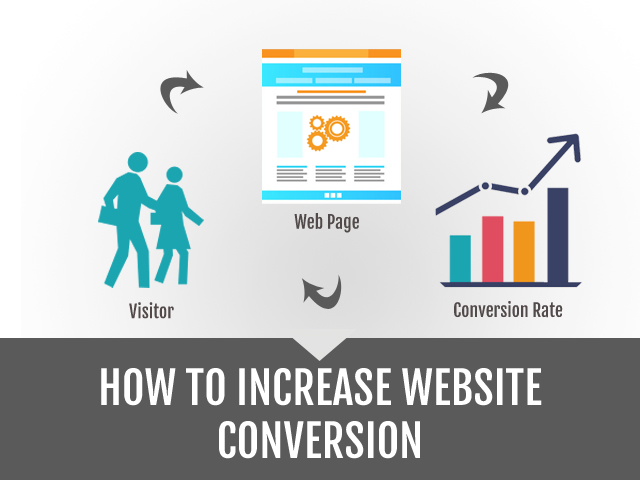Worried about the conversion rate of your website? Are they steadily sliding down? Here’s some help. Read on.
We are often asked by clueless webmasters about what could possibly bring their conversions up. By the time they get to a professional agency, most have tried all they could to revive their website’s conversion rates, but to no avail. Generally speaking, a conversion rate anywhere between 4 to 5.31% is considered good. Having said that, we should consider two things quite seriously- a) the main objective of your webpage and b) what your customers are looking for. Your first undertaking should be to remove confusion and perk up the performance of your webpage – to deliver your most important service without the slightest distraction. The seven points laid down below should help you sort out the issues:
- Keep it simple. Before you tag this point as clichéd, understand that this is key to a positive customer experience. Do not make your visitors hunt for information – make it readily available. A glance at your website and within seconds a visitor should know what you do and what you can offer. Confusion leads to a poor and frustrating visitor experience. If you have a shopping/ecommerce site, provide a thorough guide and use plug-ins efficiently; right from the front page to the buy now button. Your visitors should be able to freely glide in your website and get a hold of the product they are looking for without much hassle. Your intention should be to keep your webpage clutter free.
- Segment your traffic. This particular attempt might work as a big surprise for you. You get to identify what’s wrong with your webpage. You get to compare why a first-time visitor is parting with your website on a particular page whereas a regular visitor is flying through. Mostly we get the average metrics of our website visitors, like the bounce rate, total time spent on the website etc. which remain unused. Segmenting helps you see who are conveniently surfing your site and who are getting lost, and ultimately exiting.
- Monitor your exits and bounces. A smart use of the exit data of your website can help you detect the problem areas. It can perk up the performance of your site to a great degree. These onsite survey technologies get alert when a visitor navigates to another website. Immediately it asks the visitor whether he/she got what he wanted. Install this technology on the highest bounce rate pages and take adequate measures to control your bounce rate.
- Conduct a survey. Get a feedback survey done on people who have made a purchase from your website. They are more likely to appreciate an after sales survey and would be willing to share their experience. You could use this information to better your services. For example, they can tell you more about what was pleasant and what wasn’t about their experience with you.
- Compelling content. This is powerful, as clichéd as it might sound. Make your content credible enough to turn a visitor into a prospective customer. Precise, detailed, unique and quality description of your products and services can help a customer to make quick decision. Your landing page should be targeted towards your core audience without diluting it for all, with appropriate description of your important products and services. Your contact and shipping details should be easy to access.
- Keep it simple. Oh did we just repeat that? Well we could not repeat it enough, could we? Most basic issues go unnoticed while we work on the technology and blah blah blah. Attention to the page load time, browser competency, mobile compatibility and convenient navigation are simple characteristics, yet priceless. An impressive layout, architecture, navigation and content can make your site more click-worthy. They could help prevent visitors from drifting away to other sites.
- Use data to your advantage. Check out the Google Webmaster console, Analytics and page speed insights regularly to guide you to fix all potential issues with your website. Invest time and resources strategically to have your website appear the top search engines.
A high conversion rate needs hard work, strategy and expertise. Beg, borrow or hire an expert if this is not something you are up to. This is an investment you will thank yourself for making a couple of years down the line.










